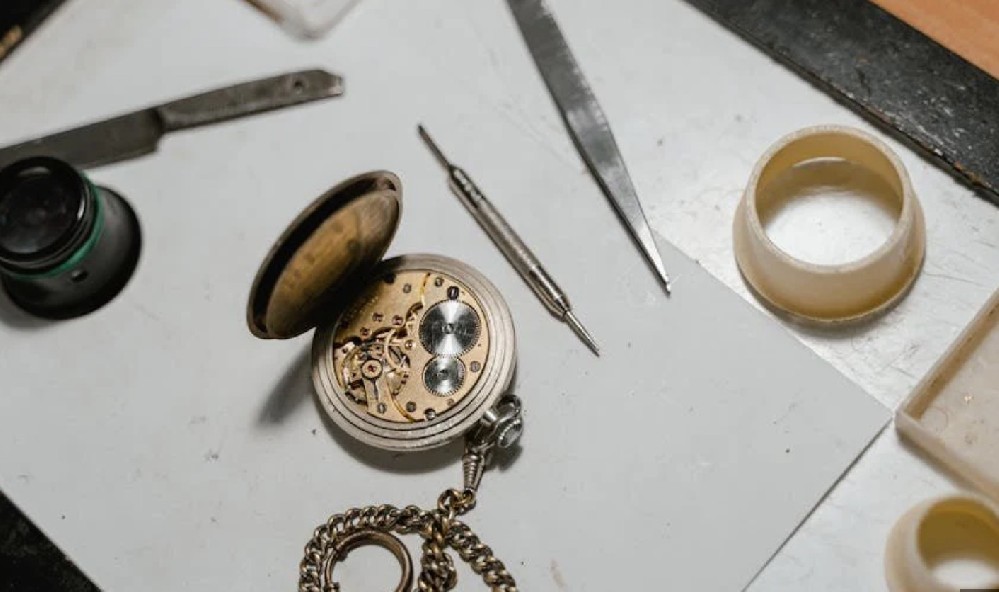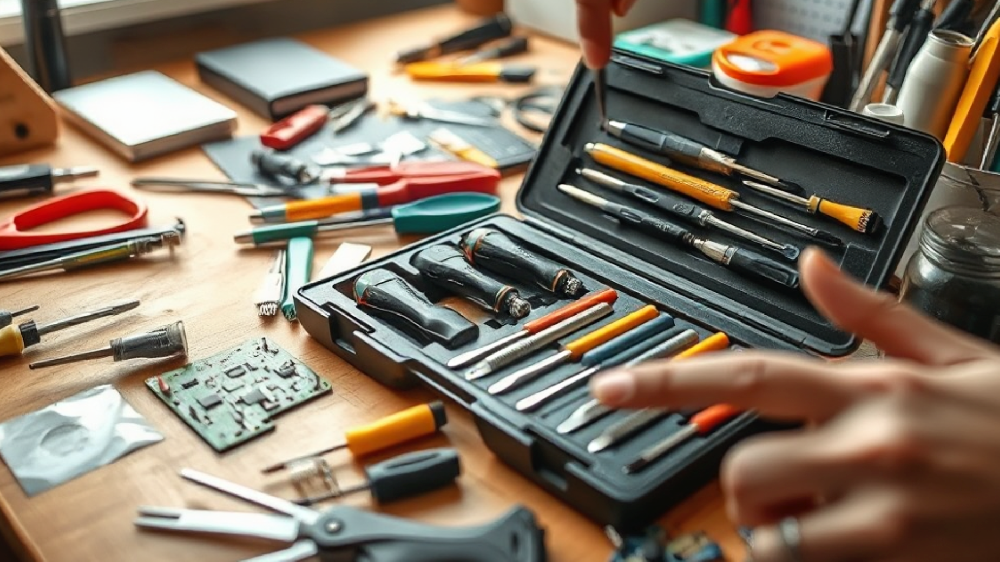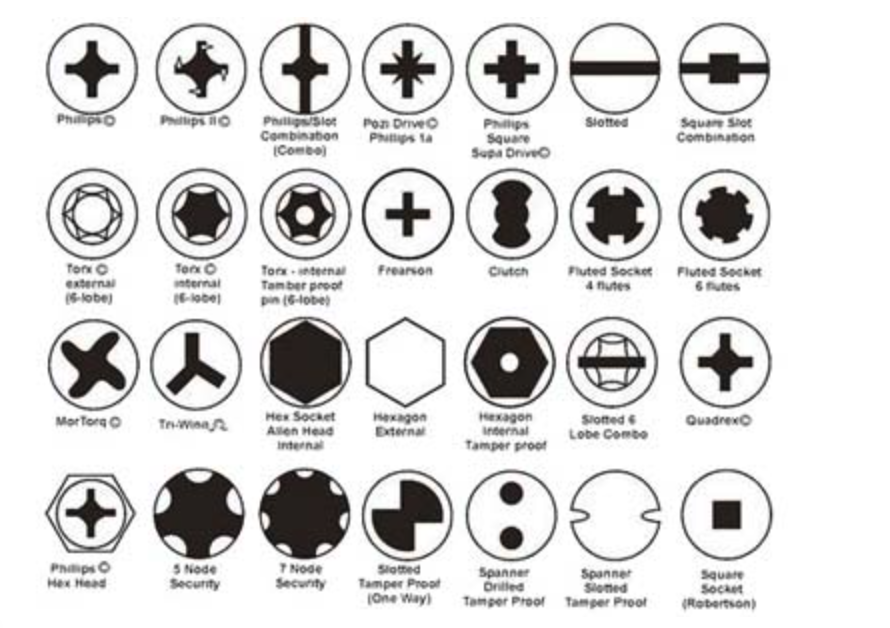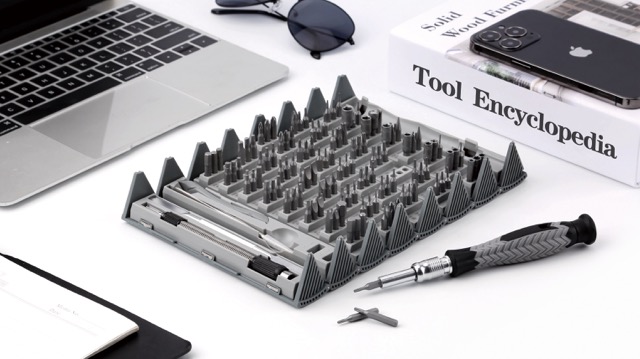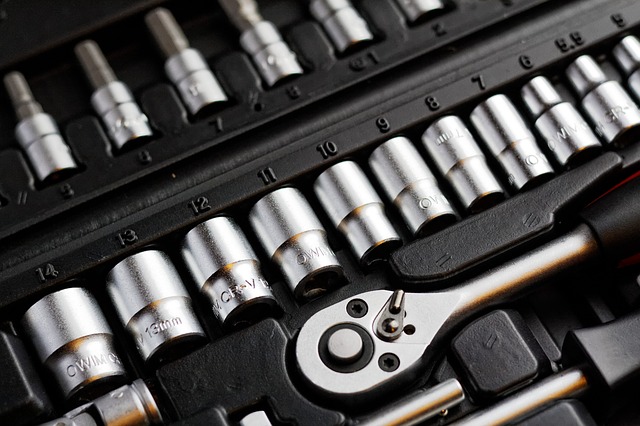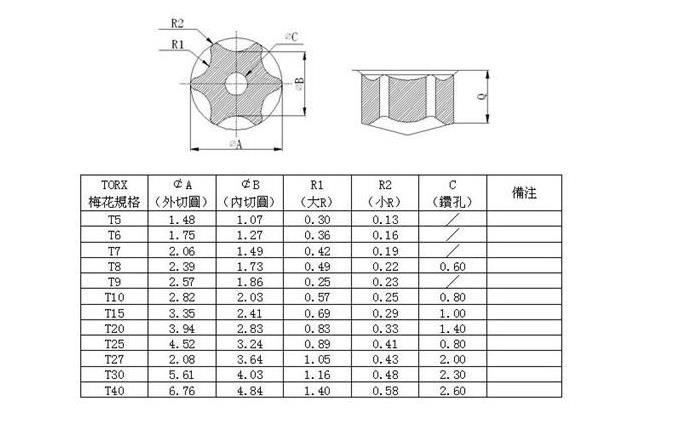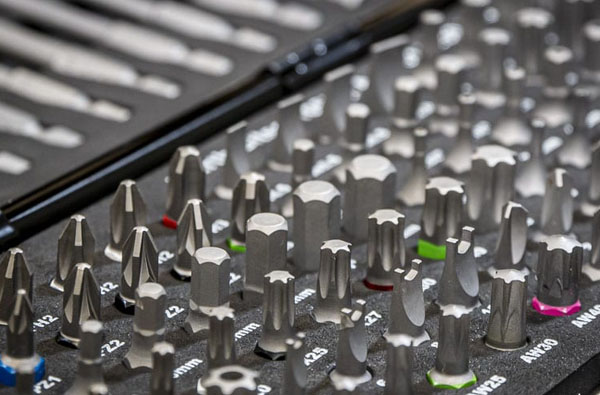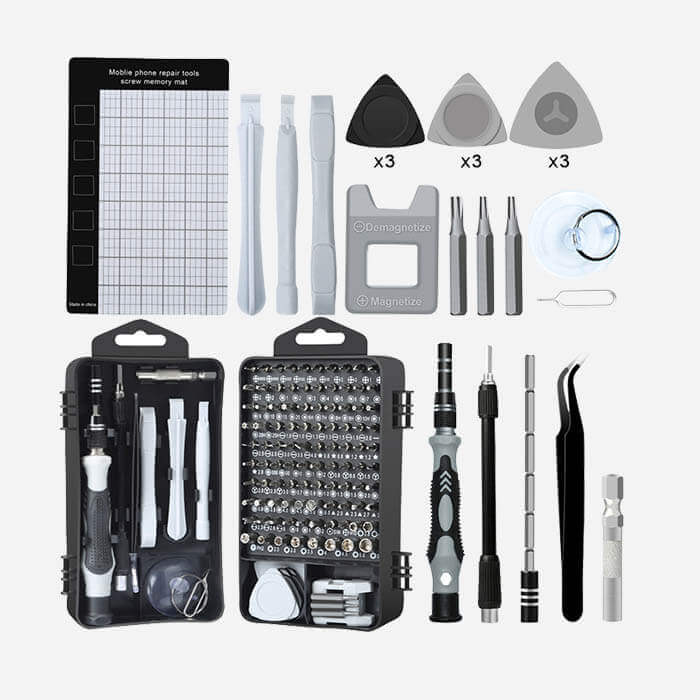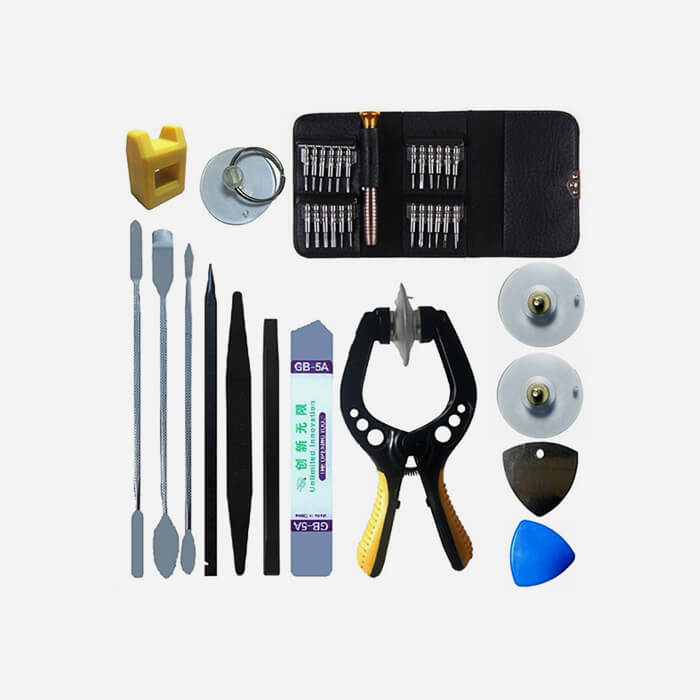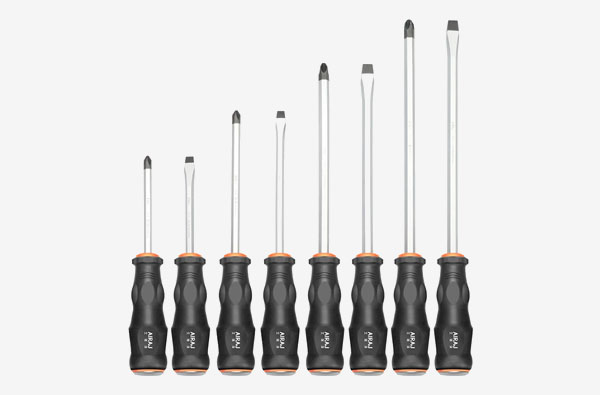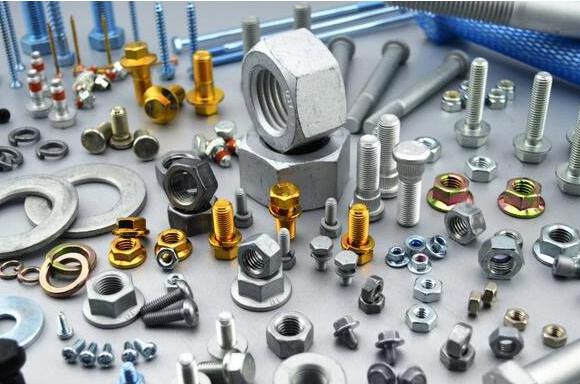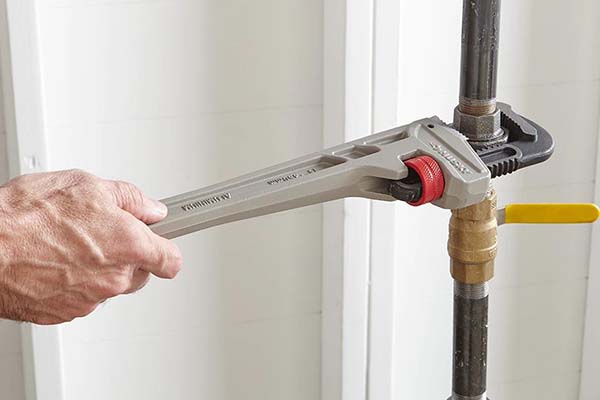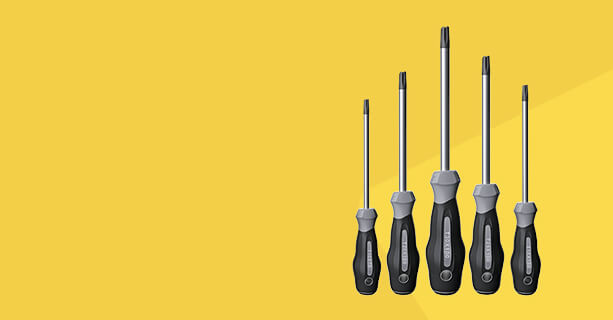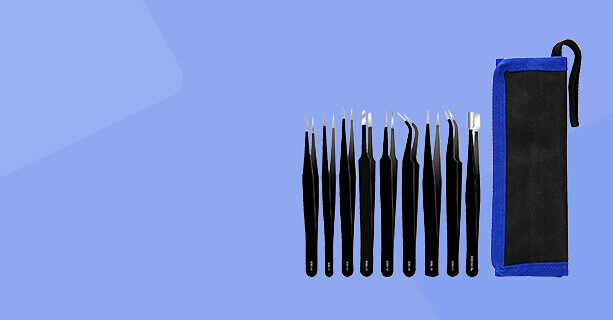Solder Melting Temperature: Understanding Solder Composition and Its Impact on Melting Point
iscover the critical factors that determine solder melting temperature and how different solder compositions influence it. In this comprehensive guide, we delve into the types of solder, their melting points, and why choosing the right solder is essential for your projects. Whether you're a DIY enthusiast or a professional, understanding these concepts will improve your soldering results and efficiency. Read on to master the art of soldering with the perfect solder for every application. Whichever form of solder you use (wireor paste solder), the material turns to liquid at a specific solder melting temperature. The primary factor that determines this melting point is the material's composition. We will look at these different solder compositions and the temperatures at which they melt to determine their most suitable applications. Read on to learn more! Solder is a metal alloy that usually consists of Lead and Tin. But these alloy compositions differ because some solder materials have melting points as low as 90°C, while others have as high as 450°C. The typical application of solderis in bonding electronic components to a circuit board, and the alloy's melting temperature determines its application for electronics assembly. You can determine solder quality using these three factors: conductivity (should be high), flux content (should be low), and melting point. The melting point of good-quality solder depends on the application. Solder with a composition of 60% tin and 40% Lead has a varying melting range but will begin turning into liquid at 361.4°F (183°C), then completely turn into liquid at 375.8°F (191°C). With balanced ratios (50% tin and 50% Lead), the melting range widens to between 361°F and 421°F. A composition of Tin (30%) and Lead (70%) turns into liquid at a higher temperature of 491°F (255°C) due to the high Lead concentration. A soldering iron melting solder to join two wires But melting a Silver solder requires more heat (1145°F/618.3°C), while a zinc-aluminum solder type has a relatively lower melting point of 719.6°F (382°C). Such high melting temperature solders are unsuitable for circuit board assembly because they can damage the PCB or components. But you can use them to solder jewelry. Here is a summary of the soldering temperature or melting point of typical solder alloys. Manufacturers usually use Bismuth and Indium to lower the solder melting point, so the common low melting temperature solders (150-170°C) include tin-indium, tin-bismuth, and tin-bismuth-silver. Also, Lead-freesolders, such as tin-bismuth (58%) and tin-indium (52%), have lower melting points than Lead-based solders, like the tin-lead (37%) alloy. So consider using Lead-free solders, such as tin-bismuth-silver, to bond heat-sensitive components to PCBs due to their low peak-reflowtemperatures. Lead-free solder We'll leave Silver out of this comparison because it raises the wire solder temperatures to high levels that might be unsuitable for PCB assembly. Pure Lead melts at 621°F/327°C, while pure Tin turns to liquid at 450°F/232°C. So increasing the Lead concentration raises the melting point. For instance, a Tin(10%)-Lead(88%)-Silver(2%) metal alloy turns into molten solder at 299°C (570°F). A soldering iron with a Silver solder Such solder alloys are ideal for welding components that operate in hot environments, like automotive, aviation, oil & gas extraction, etc. But you might have noticed that all soldiers contain some percentage of Tin. Although expensive, Tin has the advantage of having better wetting properties than Lead. So most manufacturers make Tin-based solders to give better bonding. Low-temperature solders contain higher tin concentrations mixed with other metals like Cadmium, Bismuth, and Indium. These materials have a melting temperature ranging from 47°C (117°F) to 160°C (320°F) and are suitable for the following soldering process applications. Mounting components on flexible PCBs Step or second-side PCB soldering to avoid disturbing standard lead-free solder joints or removing soldered components. Assembling heat-sensitive components A technician soldering an electronic PCB Low-temperature soldering also minimizes thermal energy requirements, which reduces power consumption and lengthens equipment lifespan. Solder consists of three primary materials: Tin, Lead, and flux. But from the table above, you will notice other additives or metals like Copper, Silver, and Nickel. These materials diversify the solder's properties in the following ways. Antimony: Enhances the solder's mechanical strength. Copper: Improves the solder-wetting characteristics while reducing the melting point Silver: Increases the alloy's mechanical strength but is not as pliable as Lead Nickel: Prevents the dissolution of the UBM (Under Bump Metalization layer) Besides composition (which determines the melting temperature), consider these two factors before buying wire solder. Electronics wire solder usually has a diameter ranging from 0.5-1.5mm (some are even narrower than 0.5mm). Always match this diameter to the contact and connector size you want to solder. If the wire is too broad, you'll have a difficult time trying to maneuver around components on a dense PCB. This difficulty will increase the chances of thermal stressingor welding parts that don't require soldering. Cracked solder joints On the other hand, if the wire is too thin, you'll burn through the solder quickly. Solder wire usually has an active fluxcore that activates automatically and flows over the soldering area when the solder melts. This type makes the soldering process easier because you don't have to clean the surface using solder flux before welding. A flux-core solder wire But with a solid wire solder, you must use solder flux to remove the oxide layer to give adequate wetting ability. As you can see, the solder metal composition affects its melting temperature, which determines its welding applications. Other metal blends affect the material's properties, but Tin and Lead are the most critical materials. Generally, Lead-free solder technology lowers the alloy's melting point, while Lead-based solder increases it. And remember to check the solder's diameter and core (flux or flux-free solder) if using a wire.What Is Solder?
Solder Melting Temperature
Solder Melting Temperature Summary
High Temperature vs. Low-Temperature Solder
High-Temperature Solder
Low-Temperature Solder
Solder Blends
Other Factors To Consider When Choosing Solder
Solder Wire Diameter
Solid Wire or Flux-Core Solder
Wrap Up
If you are looking for a professional screwdriver manufacturerto customize your precision screwdriver set, feel free to contact us today! We provide high-quality, customizable toolsfor various repair needs.
BECOME A WHOLESALE PARTNER
Get 10% off on orders over 500 units. We offer exclusive B2B pricing, OEM packaging, mixed batch support, and fast global delivery. Partner with a trusted screwdriver manufacturer to boost your margins.


